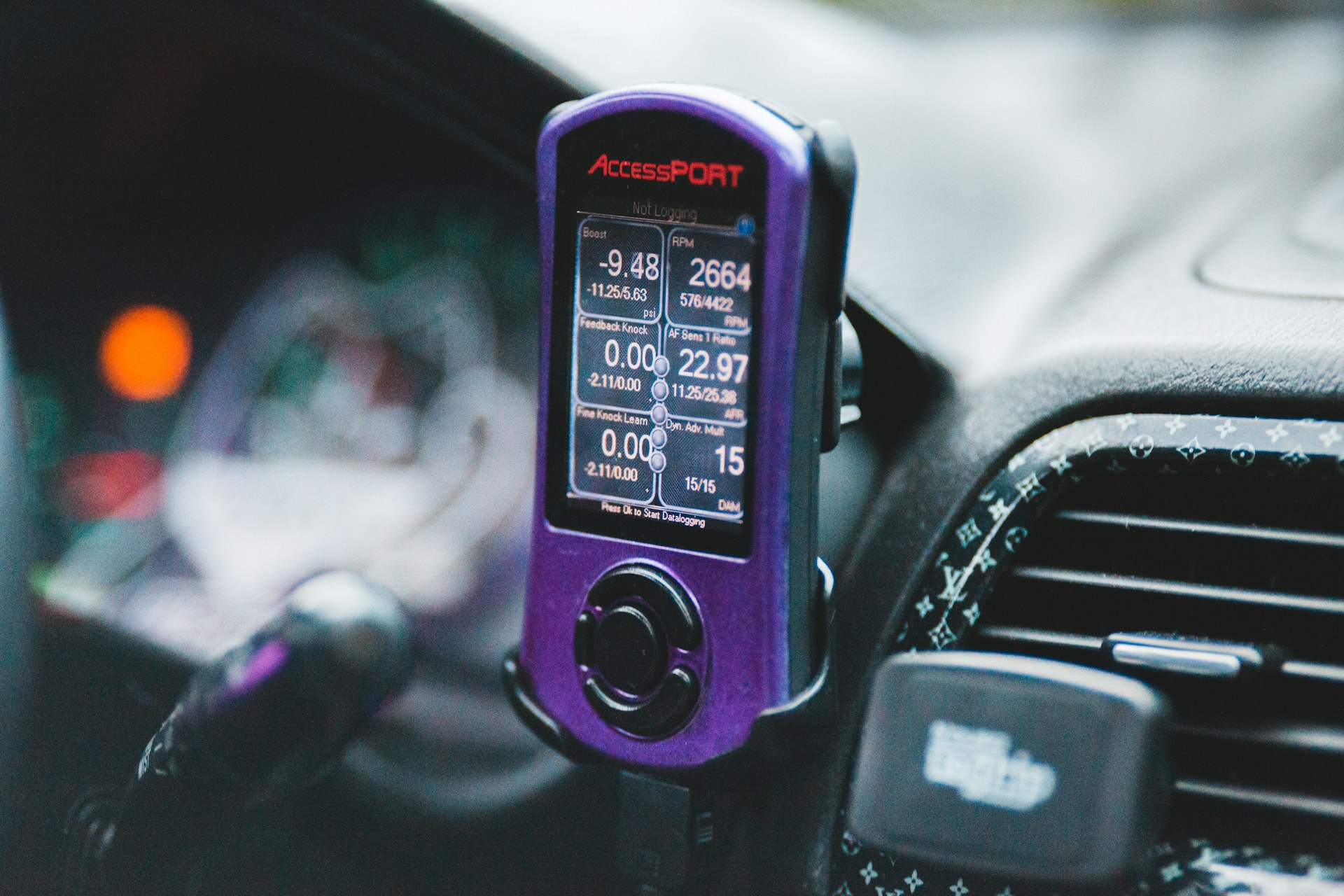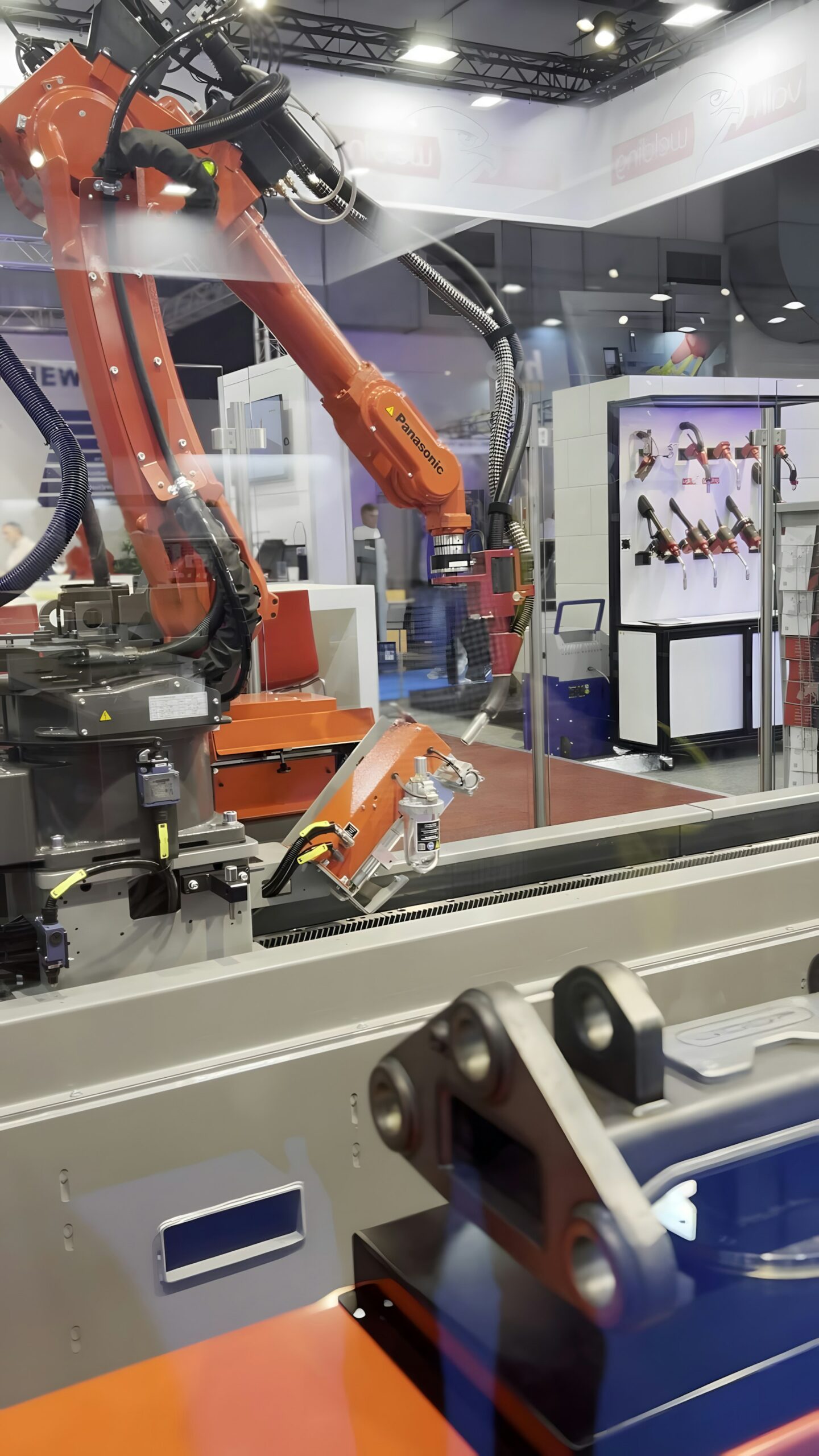Driving Wellness: The Impact and Opportunities of In-Car Health Monitoring Systems

Photo by Erik Mclean on Unsplash
Introduction: The Evolution of In-Car Health Monitoring
In-car health monitoring systems are revolutionizing automotive safety and efficiency by integrating advanced biometric and sensor technologies directly into vehicles. These systems track vital health indicators such as heart rate, respiration, stress, and fatigue, while also monitoring vehicle performance parameters. As demand for driver safety and health rises-especially amid aging populations and chronic disease prevalence-automakers and fleet managers are rapidly adopting these solutions to enhance wellness, reduce accident risk, and optimize operational costs. [4] This article details the transformative impact of in-car health monitoring systems, provides actionable steps for accessing the technology, and explores implementation challenges and opportunities.
Key Benefits of In-Car Health Monitoring Systems
1. Enhanced Driver Safety and Health Protection
Modern systems use sensors embedded in seats, steering wheels, and seatbelts to track vital signs like heart rate , stress levels , and blood oxygen saturation . When abnormal readings (such as signs of fatigue or cardiac irregularities) are detected, the system can issue alerts, suggest breaks, or even contact emergency services. This proactive approach helps prevent accidents caused by medical issues and fatigue, making roads safer for everyone. [5] Studies cite a clear link between real-time health monitoring and reduced accident rates, particularly in semi-autonomous and luxury vehicles. [4]
To access this technology, consider vehicles from leading manufacturers that offer health monitoring as a factory-installed feature or as part of advanced driver assistance systems (ADAS). For detailed availability, visit the automaker’s official website or speak to a certified dealership about models equipped with wellness tech.

Photo by Visual Karsa on Unsplash
2. Predictive Maintenance and Reduced Downtime
Beyond human health, integrated vehicle monitoring systems track engine performance, tire pressure, and other parameters critical to vehicle health. By identifying potential issues before they escalate, these systems enable predictive maintenance, reducing costly breakdowns and unscheduled repairs. [1] Fleet managers report significant reductions in downtime and maintenance expenses, as problems can be addressed proactively rather than reactively. [3]
To implement predictive maintenance, businesses can integrate telematics platforms that offer real-time alerts and analytics. Contact a reputable fleet management solutions provider or consult vehicle tracking specialists for tailored recommendations. For commercial deployments, reach out to industry leaders such as Ready Wireless (phone: 319-294-6080) for consultations and service options. [1]
3. Fuel Efficiency and Cost Optimization
Real-time monitoring of driving behavior-including rapid acceleration, excessive idling, and harsh braking-enables companies to coach drivers, reduce fuel consumption, and optimize routes. [2] By maintaining vehicles in peak condition and encouraging efficient driving practices, organizations can lower fuel costs and extend vehicle lifespan.
Individuals and businesses can access these benefits by installing GPS and telematics devices from established brands. Many insurance providers offer discounts for vehicles equipped with advanced health and performance tracking, so inquire with your insurance agent about qualifying technologies.
4. Real-Time Tracking and Emergency Response
In-vehicle health monitoring systems with real-time tracking capabilities can provide immediate location data and health status of driver and vehicle. In emergencies, this information supports faster response times and better medical outcomes. [2] Such systems are especially valuable for commercial fleets, long-haul drivers, and high-risk populations.
To access emergency-enabled monitoring, select telematics platforms with integrated health sensors and ensure subscription to services that connect with emergency responders. For product support and integration, contact the manufacturer’s customer service center or consult with automotive technology specialists.
Market Trends and Future Outlook
The market for automotive active health monitoring systems is experiencing rapid growth, with industry size projected to reach over USD 11 billion by 2035 at a compound annual growth rate (CAGR) of 30.2%. [5] This expansion is driven by safety mandates, consumer preference for wellness features, and technological advancements in IoT, AI, and sensor miniaturization. Automakers are forming partnerships with health-tech companies to deliver more sophisticated, personalized wellness solutions, including subscriptions for ongoing health analytics and recommendations.
For up-to-date market information and product developments, refer to reports from industry research firms such as Fact.MR. You can also follow automotive technology news outlets and attend industry conferences to stay informed about emerging trends.
Case Studies and Real-World Applications
Large fleet operators have reported measurable improvements in operational efficiency and safety after implementing in-car health and vehicle monitoring platforms. For example, transportation companies using predictive analytics have seen maintenance costs drop by up to 20%, while accident rates among monitored drivers have decreased due to timely health alerts and behavioral coaching. [1] In luxury vehicle markets, brands like Mercedes-Benz and BMW have begun offering biometric sensors and wellness dashboards as part of their premium packages, reflecting the shift toward human-centered vehicle design. [5]
To explore specific case studies, search for “fleet health monitoring case studies” or consult automotive technology whitepapers from recognized industry leaders.
Implementation Guidance: How to Access and Deploy In-Car Health Monitoring
For Individuals: When shopping for new vehicles, ask about wellness and health monitoring features. Review product specifications, compare models, and consult with dealership specialists. If your current vehicle does not have built-in health monitoring, consider aftermarket solutions such as wearable devices that sync with onboard infotainment systems.
For Businesses: Evaluate telematics and fleet management providers that offer integrated health and vehicle performance monitoring. Request demonstrations, review service contracts, and establish protocols for data privacy and emergency response. Train staff on system use and set up regular reviews of analytics to maximize safety and efficiency benefits.
Alternatives: If direct integration is not feasible, leverage smartphone-based health apps that collect driver wellness data and connect to vehicle systems via Bluetooth. Work with IT and safety professionals to ensure security, accuracy, and regulatory compliance.
For both individuals and organizations, always verify product certifications, read expert reviews, and consult with healthcare professionals regarding the interpretation of health data.
Challenges and Solutions
Adoption of in-car health monitoring systems faces several challenges:
- Data Privacy: Sensitive health data must be securely stored and transmitted, with clear consent and compliance with relevant laws. Solution: Work with reputable providers who adhere to privacy standards and offer transparent data policies.
- Cost and Accessibility: Advanced systems may be restricted to high-end vehicles. Solution: Seek aftermarket or modular solutions compatible with mid-range models, and monitor industry trends for increasing affordability.
- User Training: Drivers and fleet managers may require education on system use and health data interpretation. Solution: Request training modules and ongoing support from providers.
- Technology Integration: Ensuring system compatibility with existing vehicle infrastructure can be complex. Solution: Consult automotive technology experts and conduct pilot programs before full deployment.
Summary and Next Steps
In-car health monitoring systems represent a pivotal shift in automotive safety, driver wellness, and fleet management. By leveraging real-time health data and predictive analytics, individuals and organizations can reduce accident risk, lower maintenance costs, and improve overall vehicle performance. To access these benefits, consult with vehicle manufacturers, fleet solution providers, and healthcare professionals. Stay informed about technological advancements, prioritize privacy and data security, and explore training resources for successful implementation.
References
- [1] Ready Wireless (2024). How Vehicle Health Monitoring Can Save Your Company Time and Money.
- [2] Sociocs (2023). Top 8 Benefits of Real-Time Vehicle Monitoring Systems.
- [3] TrackoBit (2024). What Is a Vehicle Health Monitoring System? How It Works.
- [4] Melders, L. (2025). Recent Advances in Vehicle Driver Health Monitoring. PMC.
- [5] Fact.MR (2025). Automotive Active Health Monitoring Systems Market – 2035.
MORE FROM smartsavingsfinder.com













